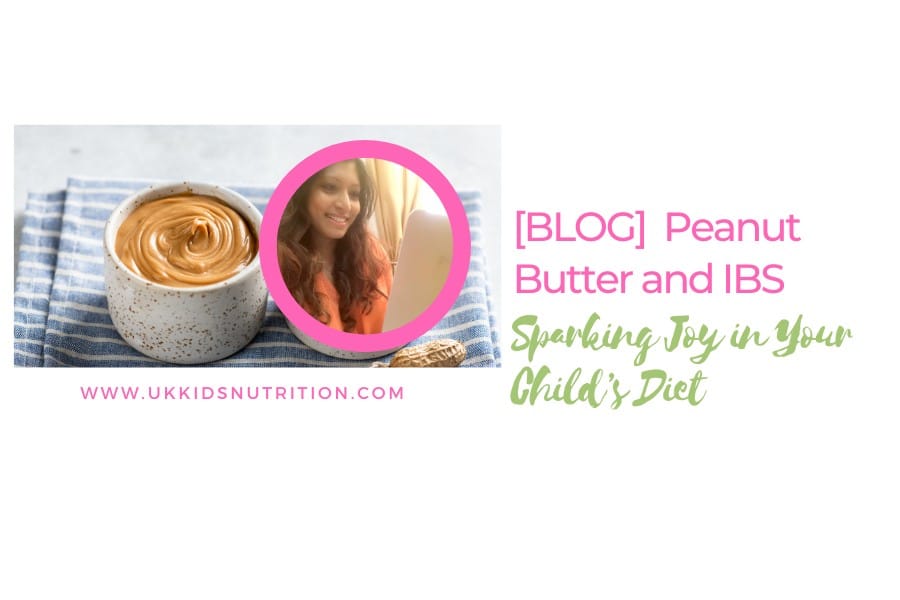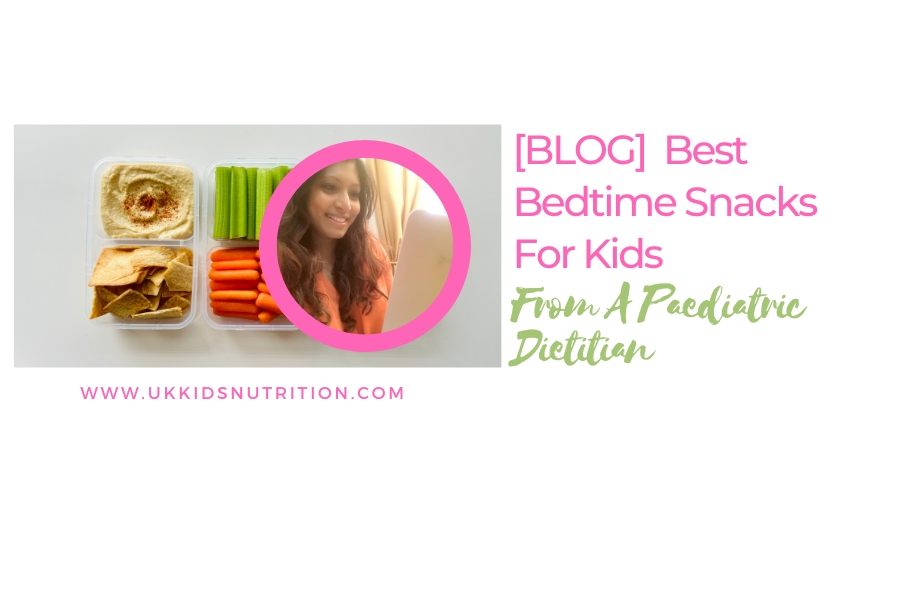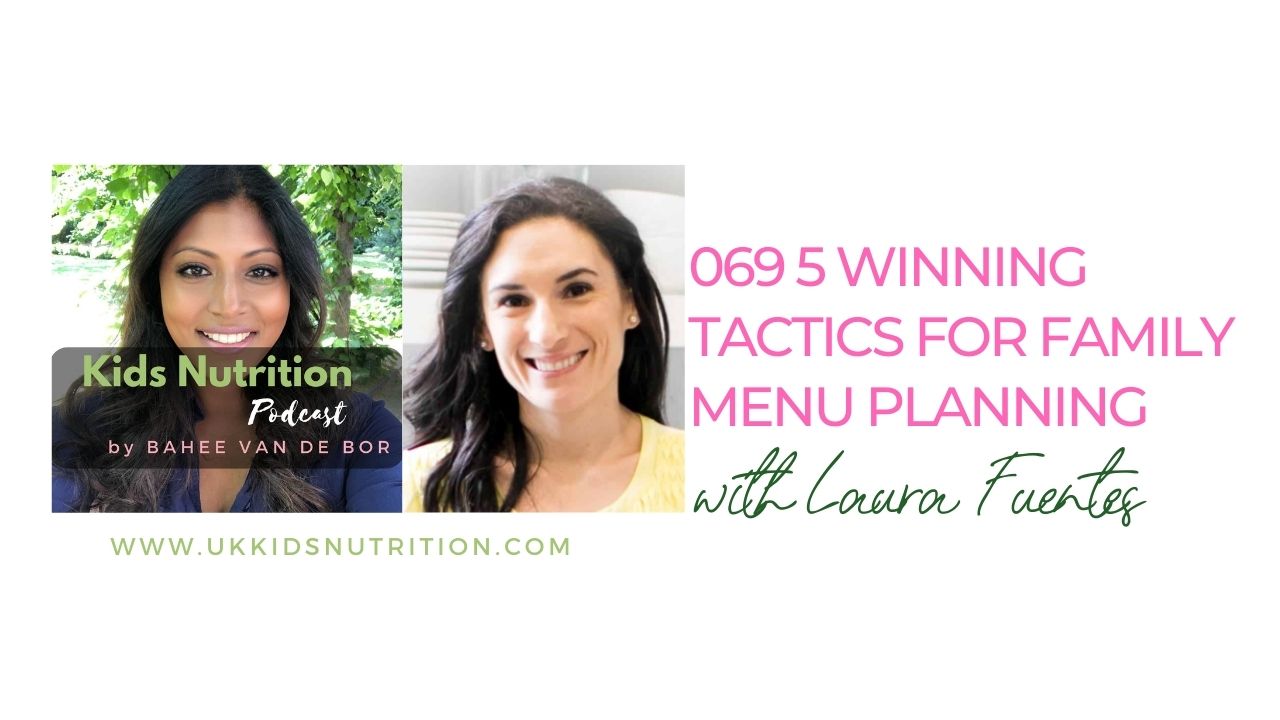Did I see you wrinkle your nose at the mention of the word fish? For this week’s post I’ll be shedding a bit of fishy perspective on why it is important to include fish as part of the weekly family menu. From youthful skin to reduced risk of disease in adults (heart disease, Alzheimers, stroke, depression and other chronic conditions), fish may not appear to be the typical baby food but it is a very important part of the healthy diet.
Let’s get cracking on why fish is so important. First of all, it is the easiest source of essential fatty acids known as omega-3 long chain polyunsaturated fatty acids. The three types of omega-3 fatty acids we will discuss are known as as alpha-linolenic acid (ALA), docosahexaenoic acid (DHA) and eicosapentaenoic acid (EPA).
ALA is an essential fatty acid as your body cannot synthesise this to support necessary biological functions. That’s why it is important to include these essential fats as part of your child’s diet. Our bodies can make DHA and EPA but in small quantities only.
You may be aware that breast milk naturally contains DHA with companies now fortifying formulae in an effort to match. DHA is novel due to its role in children’s neurodevelopment. Sufficient research supports the importance of omega 3 fatty acids in brain development and vision. DHA is thought to accumulate rapidly in the retina and brain of the growing infant up to 2 years of age. During this time, children should receive adequate amounts through breast milk or supplemented formula and then solids from as early as weaning.
Fish can therefore be included as a weaning food from six months of age. As a rule of thumb, you may offer at least one portion of oily fish such as salmon, fresh tuna, mackerel and anchovies and one of white fish every week. Due to the concerns with mercury that is present in oily fish, for boys limit portions of oily fish to no more than four per week and for girls up to a maximum of two. Did you know that canned tuna does not count as an oily fish? However, if you pick canned tuna as your white fish do not also pick this as your oily fish due to its higher mercury content.
Beyond the age of two years, encourage fish so that your kids reap the benefits of reduced disease risk as adults. Pave the path to a healthy and bright future now and your kids will certainly thank you for it. For detailed information on white and oily fish refer to the excellent article by NHS Choices. For my original article on my other blog see A Fishy Bite – Eat It For Youthful Skin
Recipe Suggestion: Tuna Pasta Bake. There are many variations of this recipe but do visit the blog later this week for my version.

If you enjoyed reading this post please do share on Facebook, Twitter or Instagram. You can also LIKE my fan page UK Kid’s Nutrition on Facebook. Hope to see you there!




2 thoughts on “Fishy Bite – Should Your Kids Be Eating Fish?”
The only issue with kids are some of them do not appreciate the taste of fish. However, learning the widespread benefits, it becomes mandatory to serve them fish. Hopefully, if additional garnishing is done for making the dish appealing to them it would not hamper the nutrition. Trying my best to do so.